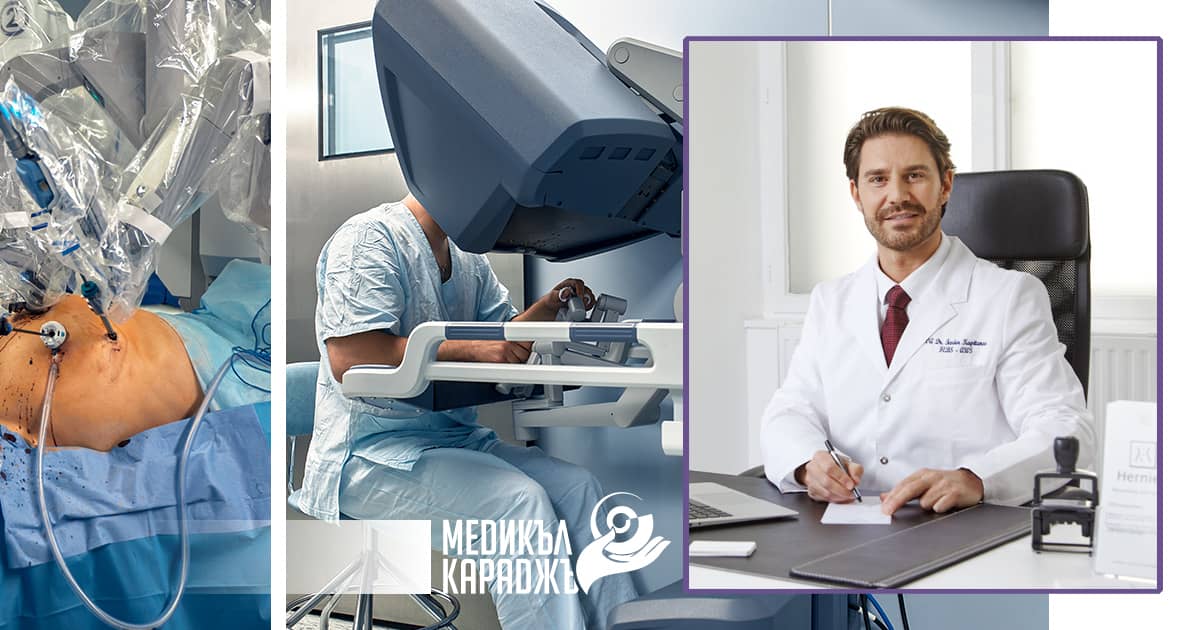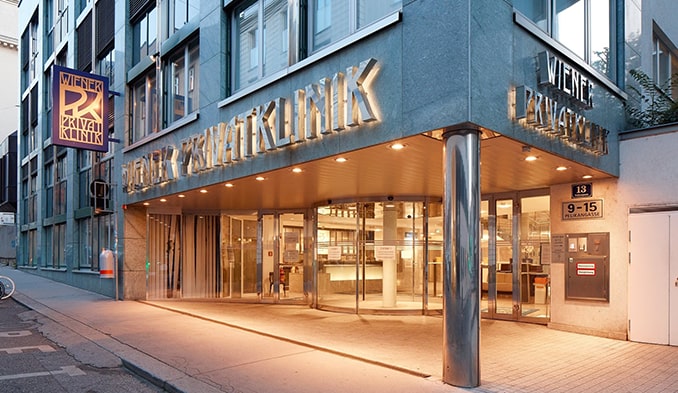-
How do surgeons work with DaVinci and why do they prefer it to traditional surgical methods?
When using the robot, the surgeon is not next to the operating table, but uses a control console and looks at a 3D screen. Traditional laparoscopic surgeries can take hours and lead to fatigue, which affects concentration. Experts say working with DaVinci is significantly less exhausting. It is important to stress that the robot does not operate independently and is always under the control of a trained surgeon.
Currently, there are more than 20 DaVinci robots in Austria, only one of which is in a private hospital, namely the Wiener Privatklinik. It is most commonly used in hernia and gallbladder operations, and in other minimally invasive procedures.
-
How is robotic surgery superior to traditional laparoscopic techniques and instruments?
The robot offers high-quality visualization and has great mobility in the joints of the tool arms as they have 7 axes, which is 2 more than a human arm. This freedom of movement allows for more precise and complex actions than traditional tools. Their precise navigation is of great use when working in small anatomical spaces. Like the instruments, the camera also has great stability and smoothness, which further facilitates and improves the precise performance of interventions.

-
How does the surgeon handle the robot?
The surgeon, performing the surgery via 4 robotic arms, is connected to the patient via a video tower and operator console. The telemanipulation recess offers more proximity of the surgeon to the surgical field. The human hand has disadvantages, such as trembling, which the system compensates for. As a result, the risk of tissue and nerve damage is lowered. DaVinci instruments always return to the operating position that was used last, greatly improving patient safety by preventing organ injuries.
-
What are the effects of robotic surgery on postoperative recovery time and perioperative morbidity?
Perioperative morbidity is higher with conventional methods compared to robotic interventions. Less time is also required for recovery after robot-assisted surgery. This is due to the increasing percentage of robotic procedures worldwide, especially in the fields of general and visceral surgery, and more specifically in hernia and abdominal wall surgery.
-
Is robot-assisted surgery possible for diastasis recti?
Diastasis of the rectum is called the splitting of the rectus abdominis muscle and thinning along its midline. It is expressed in a weak abdominal wall, which may be accompanied by a hernia of the umbilicus or a hernia of the abdominal wall. Linea-alba reconstruction using the SCOLA or TARUP methods is recommended. In these cases, the operation can be done by the traditional open way, laparoscopically or precisely with the DaVinci robot.
-
Is DaVinci suitable for gallbladder surgery?
Patients who experience severe pain in the right upper abdomen after eating are suffering from pancreatitis or biliary colic. It is important to see a doctor quickly and through ultrasonography and fasting blood tests to identify the specific problem. If problems are caused by bile, it should be removed laparoscopically or robotically with DaVinci.








